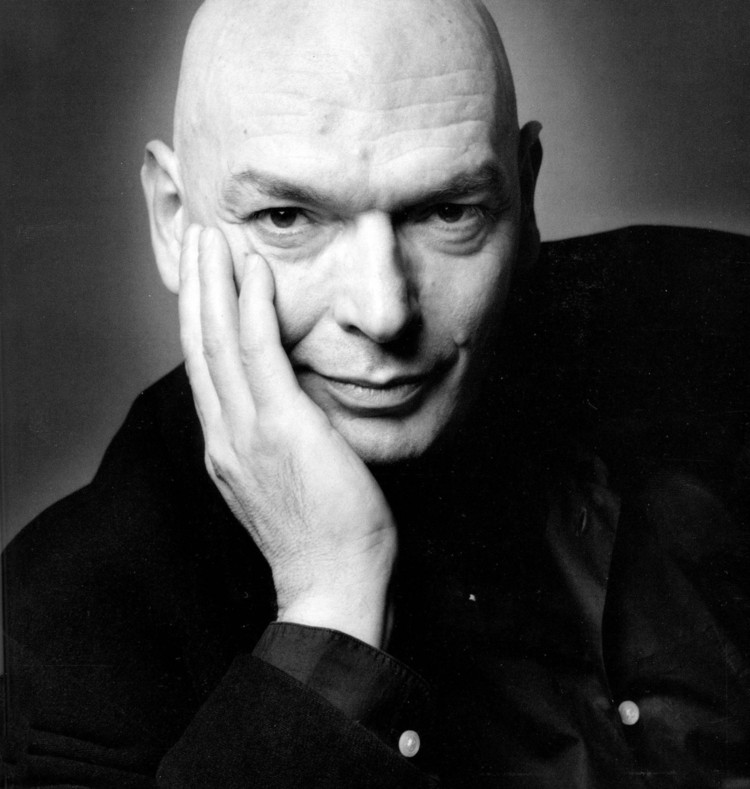Nouvel Jean

Nouvel Jean
Jean Nouvel was born 12 August 1945, is a French architect. Nouvel studied at the École des Beaux-Arts in Paris and was a founding member of Mars 1976 and Syndicat de l’Architecture. He has obtained a number of prestigious distinctions over the course of his career, including the Aga Khan Award for Architecture (technically, the prize was awarded for the Institut du Monde Arabe which Nouvel designed), the Wolf Prize in Arts in 2005 and the Pritzker Prize in 2008. A number of museums and architectural centres have presented retrospectives of his work.
Nouvel was born on 12 August 1945 in Fumel, France. He is the son of Renée and Roger Nouvel who were teachers. His family moved often when his father became the county’s chief school superintendent. His parents encouraged Nouvel to study mathematics and language, but when he was 16 years old he was captivated by art when a teacher taught him drawing. Although he later said he thought that his parents were guiding him to pursue a career in education or engineering, the family reached a compromise that he could study architecture which they thought was less risky than art.
When Nouvel failed an entrance examination at the École des Beaux-Arts of Bordeaux, he moved to Paris where he won first prize in a national competition to attend the École nationale supérieure des Beaux-Arts. From 1967 to 1970, Nouvel earned his income as an assistant to architects Claude Parent and Paul Virilio, who after only one year, made him a project manager in charge of building a large apartment complex.
Nouvel and filmmaker Odile Fillion married and have two sons, Bertrand, who is a post-doctorate computer scientist working at Mindstorm Multitouch in London, and Pierre, who is a theater producer and designer at his company, Factoid. With his second wife Catherine Richard, Nouvel has a daughter, Sarah. He lives now with Mia Hägg, who is a Swedish architect working at her practice Habiter Autrement (HA) in Paris.
By age 25, Nouvel completed school and entered into his own partnership with François Seigneur. Parents sent them work, and gave Nouvel a valuable recommendation to the chairperson of the seventh edition of the Biennale de Paris where for fifteen years, Nouvel designed exhibits and made contacts in the arts and theater. Early on in his career, Nouvel became a key participant in intellectual debates about architecture in France: he co-founded the Mars 1976 movement in 1976 and, a year later, the Syndicat de l’Architecture. Nouvel was one of the organizers of the competition for the rejuvenation of the Les Halles district (1977) and he founded the first Paris architecture biennale in 1980.
In 1981, Nouvel, together with Architecture-Studio, won the design competition for the Institut du Monde Arabe (Arab World Institute) building in Paris, whose construction was completed in 1987 and brought Nouvel international fame. Mechanical lenses reminiscent of Arabic latticework in its south wall open and shut automatically, controlling interior lighting as the lenses’ photoelectric cells respond to exterior light levels.
Nouvel had three different partners between 1972 and 1984: Gilbert Lezenes, Jean-François Guyot, and Pierre Soria. In 1985, with his junior architects Emmanuel Blamont, Jean-Marc Ibos and Mirto Vitart, he founded Jean Nouvel et Associés. Then, with Emmanuel Gattani, he formed JNEC in 1988. Ateliers Jean Nouvel, his present practice, was formed in 1994 with Michel Pélissié and is one of the largest in France, with 140 people in the main office in Paris. Ateliers Jean Nouvel site offices are Rome, Geneva, Madrid and Barcelona. They are working on 30 active projects in 13 countries. Nouvel designed a flacon for L’Homme, an Yves Saint Laurent fragrance, in a limited edition launched in 2008.
Nouvel was awarded the Pritzker Prize, architecture’s highest honour, in 2008, for his work on more than 200 projects, among them, in the words of The New York Times, the “exotically louvered” Arab World Institute, the bullet-shaped and “candy-colored” Torre Agbar in Barcelona, the “muscular” Guthrie Theater with its cantilevered bridge in Minneapolis, and in Paris, the “defiant, mysterious and wildly eccentric” Musée du quai Branly (2006) and the Philharmonie de Paris (a “trip into the unknown” c. 2012).

